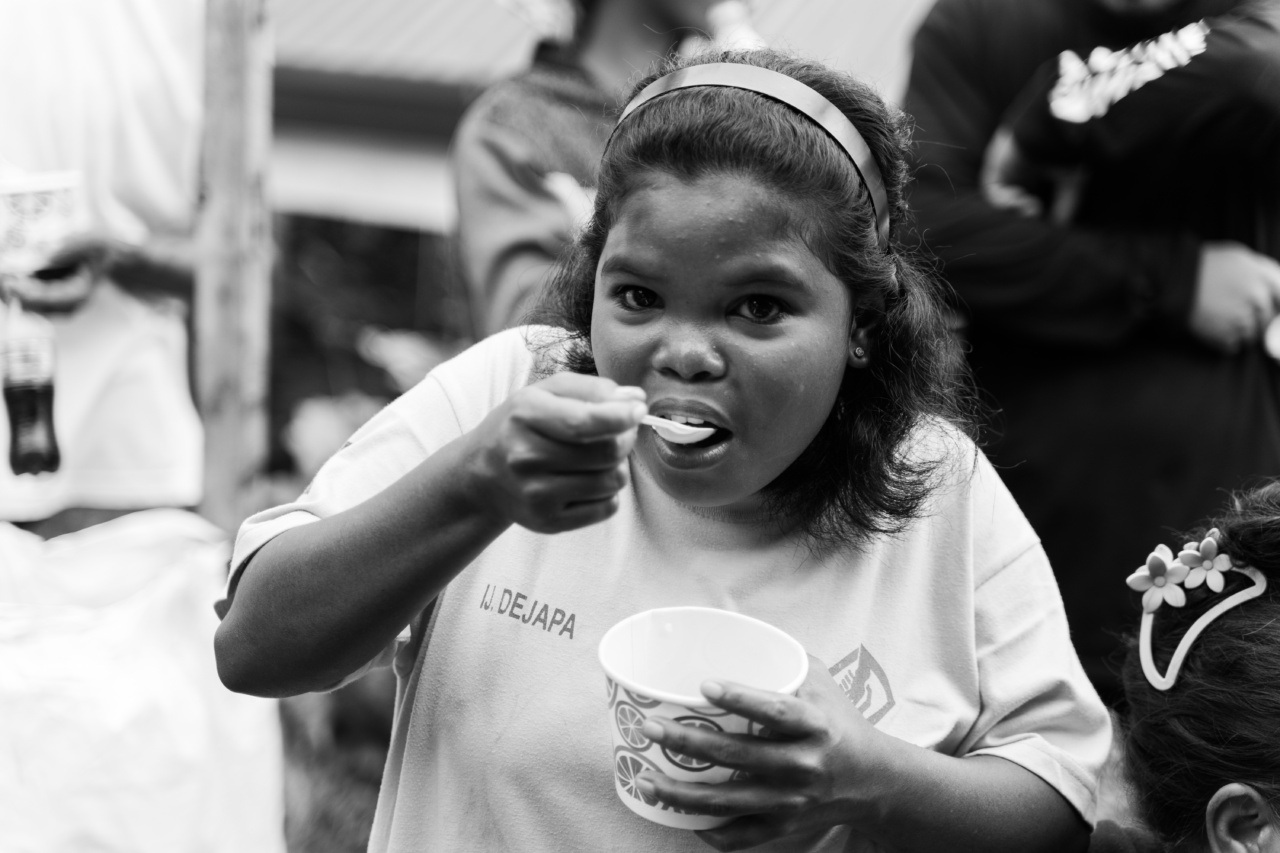In today’s fast-paced society, managing children’s caloric intake and promoting healthy eating habits has become increasingly important.
With the rise in childhood obesity rates, it is crucial to implement effective systems to monitor and regulate the types and quantities of food children consume.
The Need for a Food License System
A food license system specifically designed for managing children’s caloric intake can play a significant role in combating the obesity epidemic and promoting healthier lifestyles.
Such a system can be implemented in schools, childcare centers, and even at home to ensure that children are consuming a balanced diet and staying within appropriate caloric limits.
How Does the Food License System Work?
The food license system would involve the creation of a digital platform that tracks and controls the food intake of children.
It would require food providers, including schools, cafeterias, and childcare centers, to obtain a food license that ensures they meet specific requirements regarding the nutritional content and portion sizes of the meals they serve.
Food License Requirements
The food license system would establish stringent requirements to ensure the meals provided to children are nutritionally adequate, balanced, and promote healthy eating habits. These requirements may include:.
1. Caloric Limits
The system would define appropriate caloric limits based on age, gender, and activity level. This would prevent children from consuming excessive calories that can contribute to weight gain and obesity.
2. Nutritional Guidelines
The food license system would establish nutritional guidelines for the composition of meals, including recommendations for macronutrients such as carbohydrates, proteins, and fats, as well as vitamins and minerals.
These guidelines would ensure that children receive the necessary nutrients for their growth and development.
3. Portion Control
The system would enforce portion control to prevent excessive food consumption. It would set limits on serving sizes for different food groups, promoting balanced meals and discouraging overeating.
4. Healthy Menu Options
The food license system would encourage the inclusion of healthy menu options, such as fruits, vegetables, whole grains, and lean proteins.
Food providers would be required to offer a variety of nutritious choices to children, promoting a diverse and balanced diet.
5. Nutritional Education
The system would incorporate educational components to teach children about healthy eating habits and the importance of nutrition.
This could include interactive lessons, workshops, or educational materials that help children understand the nutritional value of different foods and make informed choices.
Benefits of the Food License System
The implementation of a food license system for managing children’s caloric intake offers various benefits:.
1. Obesity Prevention
By regulating the types and quantities of food children consume, the food license system can effectively contribute to the prevention of childhood obesity.
By promoting healthier eating habits and portion control, it helps children maintain a healthy weight.
2. Improved Nutrition
A food license system ensures that children receive nutritionally balanced meals, meeting their dietary needs for optimal growth and development.
It encourages the inclusion of healthier food choices, such as fruits and vegetables, which are rich in essential vitamins and minerals.
3. Enhanced Food Safety
Implementing a food license system involves regular inspections and monitoring of food providers to ensure compliance with safety and hygiene standards.
This helps ensure that the meals served to children are safe and free from any potential contaminants.
4. Accountability and Transparency
The food license system introduces transparency and accountability in food provision for children. Parents and caregivers can have confidence in knowing that the food their children consume meets specific nutritional guidelines and standards.
5. Establishing Lifelong Healthy Habits
By educating children about nutrition and providing access to balanced meals, the food license system helps establish lifelong healthy eating habits.
Children who grow up with a strong foundation in nutrition are more likely to make healthier food choices as adults.
Implementation Challenges
While the food license system offers significant benefits, it is not without its challenges. Some potential hurdles include:.
1. Cost
Implementing a food license system requires financial investments, such as developing the digital platform, conducting inspections, and providing education and training.
The costs associated with implementing the system may pose a challenge for some organizations.
2. Compliance
Ensuring compliance with the food license requirements can be challenging, especially for smaller food providers with limited resources. Ongoing monitoring and inspections are necessary to maintain accountability and prevent non-compliance.
3. Cultural and Dietary Considerations
The food license system needs to consider cultural and dietary differences to ensure it accommodates diverse populations.
It should account for varying regional cuisines and dietary restrictions, promoting inclusivity and accessibility for all children.
Conclusion
A food license system tailored to managing children’s caloric intake can be a powerful tool in combating childhood obesity and promoting healthier eating habits.
By establishing rigorous requirements, encouraging nutrition education, and enforcing portion control, the system can help children develop lifelong healthy habits and lead to improved overall health and well-being.





























